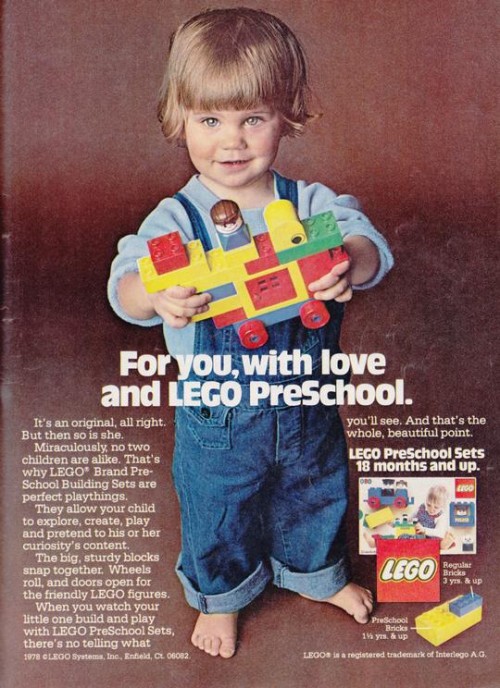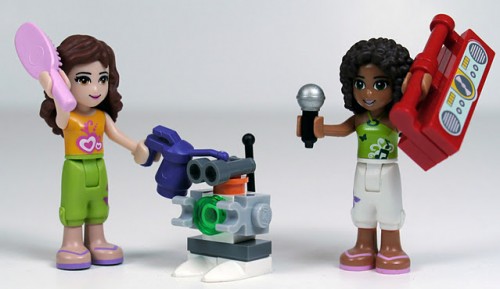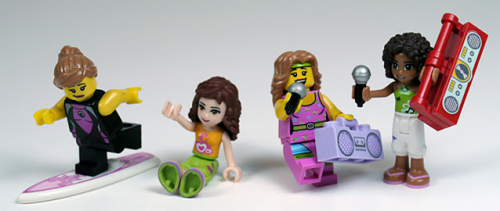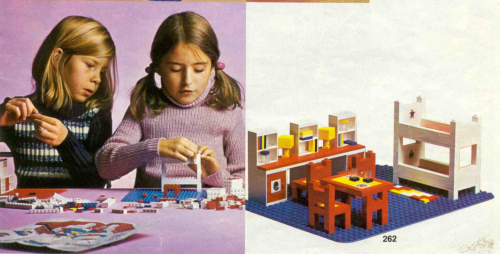A while back readers absolutely fell in love with a vintage Lego ad from 1981, featuring a red-headed befreckled girl in pigtails and overalls. It, and two more in the series, reminded us that advertising doesn’t have to impose rigid gender stereotypes the way that most advertising today and the newest Lego marketing strategy certainly does.
Joanne M. dug up two more examples, both from Family Circle in 1978. Feast your eyes on these happy children:
David Pickett, by the way, wrote us an amazing four part history of Lego’s (failed) efforts — or lack thereof — to reach out to girls. It’s a truly comprehensive and fascinating story.
Lisa Wade, PhD is an Associate Professor at Tulane University. She is the author of American Hookup, a book about college sexual culture; a textbook about gender; and a forthcoming introductory text: Terrible Magnificent Sociology. You can follow her on Twitter and Instagram.






























